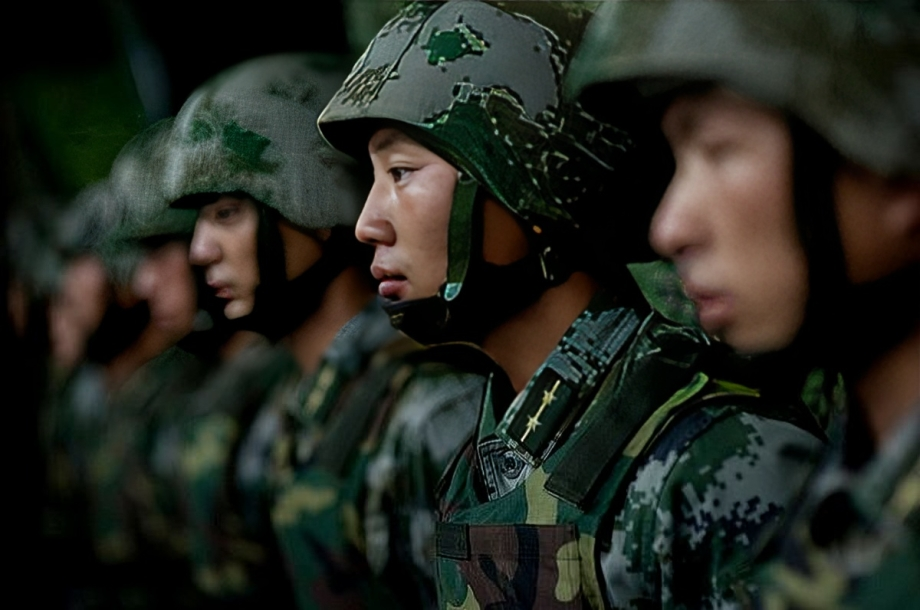China’s Strategic Support Force: A Pillar of Military Modernization and Geopolitical Strategy

Image Source: The Diplomat
In 2015, China unveiled a pivotal addition to its military apparatus: the Strategic Support Force (SSF). As noted in current analysis, this department of the People’s Liberation Army (PLA) represents a cornerstone of China’s army modernization efforts and underscores its evolving geopolitical strategy.
The SSF’s genesis may be traced to the USA’s establishment of the Space Force order in 2019. Recognizing the significance of space dominance and high-tech warfare, China hastily responded by forming the SSF, signaling its rationale to acquire parity with the United States in strategic domains. With a mandate encompassing space, cyber, electromagnetic, and mental struggle, the SSF epitomizes China’s commitment to leveraging advanced technology for military benefit.
Its key departments are central to the SSF’s mandate: the Space Systems Department and the Network Systems Department. Through these divisions, China integrates satellite communication, intelligence gathering, and cyber operations under a unified command structure, reflecting a holistic approach to modern warfare. By consolidating capabilities across various domains, the SSF complements China’s operational effectiveness and decision-making skills, thereby bolstering its overall military power.
The SSF’s importance extends beyond operational prowess, influencing regional security dynamics and geopolitical tensions. The SSF’s involvement in military activities around Taiwan and the South China Sea underscores China’s assertiveness in safeguarding its territorial integrity and countering perceived threats. These maneuvers serve as demonstrations of China’s military capabilities and its readiness to counter outside pressures, especially from the USA and its allies.
However, the SSF’s reliance on contemporary technology also poses vulnerabilities, particularly in light of US efforts to restrict technology exports to China. Restrictions on access to advanced technologies could impede China’s military modernization agenda and hinder its long-term strategic goals. To mitigate these risks, China has pursued a military-civil fusion strategy, seeking to leverage information and resources from the civilian sector to offset potential disruptions caused by outside restrictions.
Looking ahead, the SSF is poised to play an increasingly pivotal role in shaping China’s military strategy and global power dynamics. As China continues to assert its strategic interests and navigate complex geopolitical challenges, the SSF will remain at the forefront of its efforts to modernize and enhance its military capabilities. By harnessing advanced technology and integrating civilian expertise, China seeks to consolidate its position as a formidable force on the world stage, reshaping the geopolitical landscape in the process.
China’s Strategic Support Force stands as a testament to its commitment to military modernization and geopolitical assertiveness. As a pillar of China’s military strategy, the SSF embodies the nation’s objectives to achieve technological parity with global rivals and assert its dominance in strategic domains. In an era characterized by evolving security threats and geopolitical competition, the SSF represents a crucial tool of China’s national strength and strategic vision.
Team Profile

- Tanya Singh Yadav is a master's student currently in her fourth semester, passionately pursuing career opportunities within organisations that advocate for environmental consciousness while providing avenues for personal growth and development.
Latest entries
 English30 March 2024Moscow Launches Large-Scale Attack on Ukraine’s Energy Infrastructure, Escalating Conflict
English30 March 2024Moscow Launches Large-Scale Attack on Ukraine’s Energy Infrastructure, Escalating Conflict Defence30 March 2024Indian Navy Rescues Pakistani Fishermen from Somali Pirates in the Arabian Sea
Defence30 March 2024Indian Navy Rescues Pakistani Fishermen from Somali Pirates in the Arabian Sea English30 March 2024Diplomatic Overhaul: Biden’s Correspondence Sets New Tone with Pakistan
English30 March 2024Diplomatic Overhaul: Biden’s Correspondence Sets New Tone with Pakistan English29 March 2024Assam Government Extends Armed Forces (Special Powers) Act in Four Districts for Six Months
English29 March 2024Assam Government Extends Armed Forces (Special Powers) Act in Four Districts for Six Months









